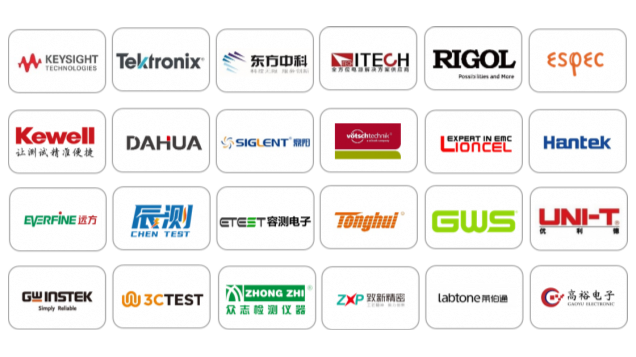A single camera in a traditional meeting room isn’t always the best way to hold hybrid video conferences. In this Collaboration Space podcast, Lauren Simmen, Director of Product Marketing at Crestron, shares ways you can use intelligent video to make hybrid collaboration more engaging, equitable, and human.
Reading the room in the hybrid workplace
In-person collaboration includes reading participants’ body language, reading the room for your opportunity to jump into a conversation, seeing everyone’s faces, and having a view of the entire room. Remote participants are often left out when something happens in the room and they’re not in on the joke or able to see nuanced gestures and expressions.
Even when there’s not much action in the room, with current video solutions, participants don’t always know where to look or when to start talking. So how do organizations make hybrid meetings more inclusive, equitable, engaging, and human?
Intelligent video solutions are making hybrid conversations seem more natural because meeting-goers feel like they’re in the same room. With this newer technology, they see the same cues as in-room attendees. Participants are no longer distracted by having to make decisions about where to look or when to interject.
Designing spaces for hybrid collaboration
Finding the right video technology entails understanding each meeting room by looking at the design and functionality of the space–including what’s happening on the far end with remote participants. The uses and kinds of participants will factor into how many cameras you need and whether you need capabilities like speaker tracking, group framing, or video switching.
For example, in presentation spaces where you have one speaker, you may only need a speaker tracker at the front of the room and then a camera showing the whole space. More collaborative meetings would require multiple cameras with intelligent switching technology that can tell who’s speaking and then train a camera on them. You don’t need 15 cameras for 15 people, as six or seven could switch to the speakers, as needed. And it doesn’t matter if some participants are presenting while others are sitting. The technology allows participants to focus on the meeting instead of manually switching between camera feeds or speakers.
It’s also important to equip mixed-used or common spaces with basic video capabilities because video calls are so commonplace, and many are impromptu.
Choosing intelligent video technology
When you need to show more than a couple of people speaking in a meeting space—especially if they are in different areas of the space—you’ll need multiple cameras and trackers. With choosing cameras and intelligent switching technology, you have a lot of solution options, so you want to make sure your investment matches the space and participant needs.
For large spaces like lecture halls and town halls, Crestron offers switchers like the IV-SAM-VXS-1B with 1 Beyond Automate™ VX voice-activated, multi-camera switching technology. The technology lets the camera know to switch between speakers without remote viewers having to see it pan and zoom. Intelligent video tools like these switchers do the work so everyone can focus on the meeting without having to worry about the technology.
Make hybrid video meetings more human
Video conferencing is a great way to keep hybrid teams connected and productive. And, intelligent video helps remote and on-site meeting participants feel more connected for even better collaboration.
If you want to learn more about equipping your hybrid meeting spaces with intelligent video solutions, talk to the experts at AVI-SPL. Contact us today.






 最新资讯
最新资讯
 鄂ICP备2022017323号
鄂ICP备2022017323号
 鄂公网安备 42018502006386
鄂公网安备 42018502006386

 发布展会
发布展会
 发布资讯
发布资讯



 你可能喜欢的主页
你可能喜欢的主页




 今日话题
今日话题























